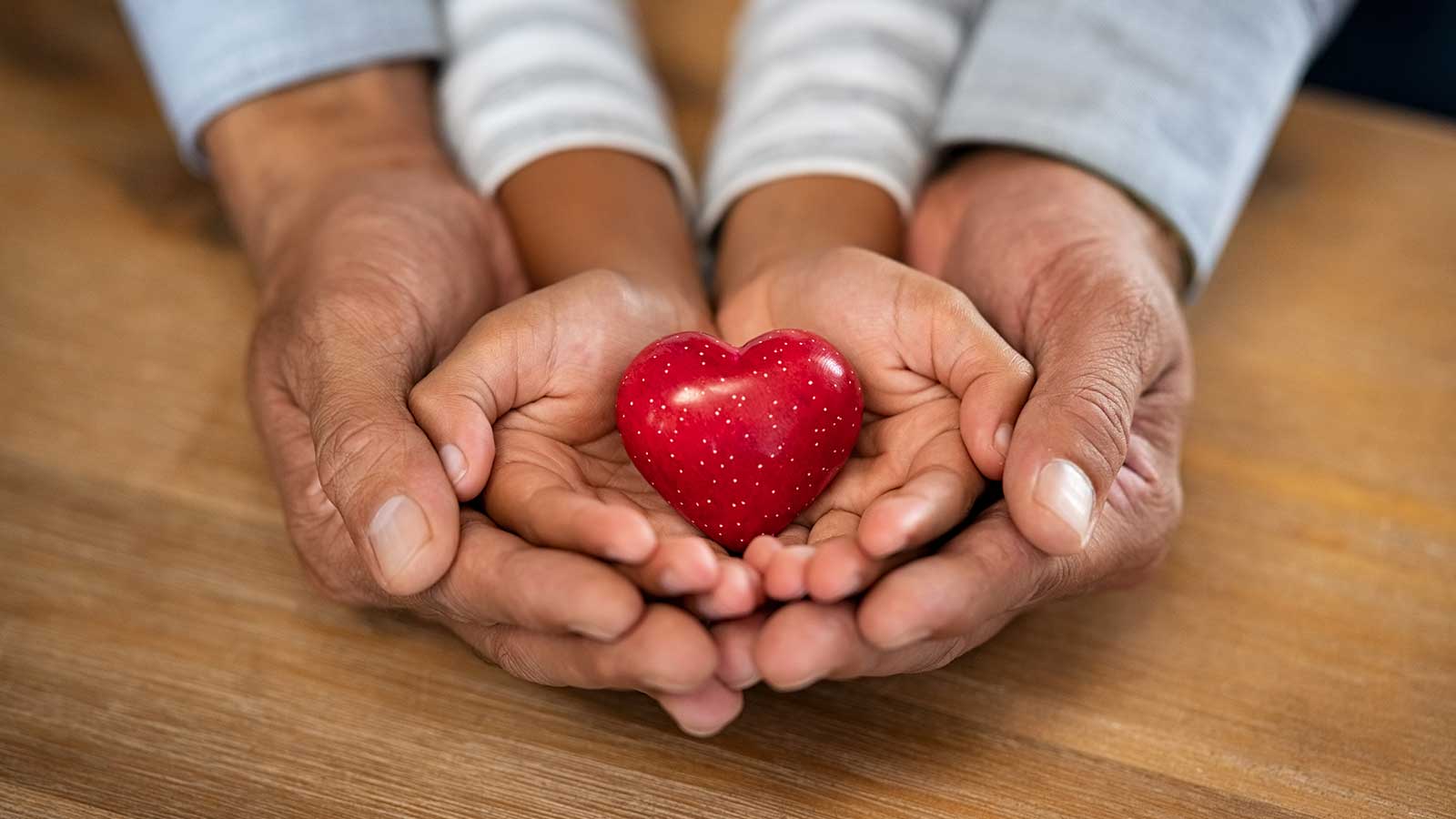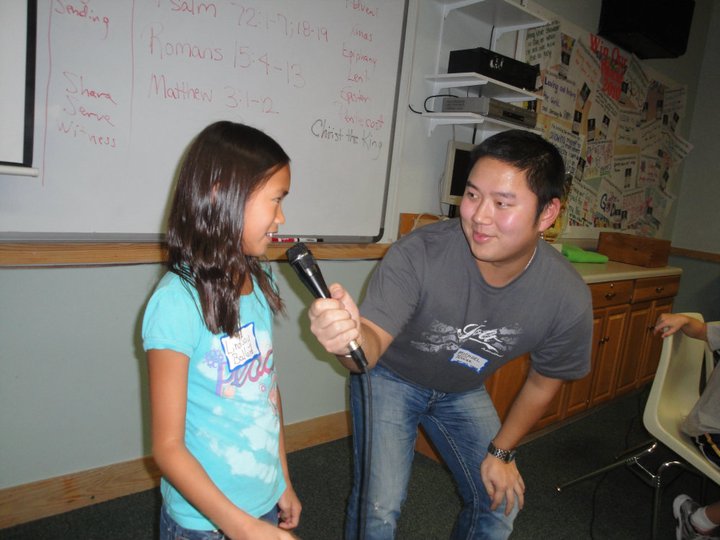Since the last e-newsletter, I have learned about a hormone often considered integral to self-regulation. Oxytocin has been called the anti-stress chemical, the love hormone, the soothing, healing, regenerative hormone – the human race’s “social glue.” It creates feelings of attachment and is responsible for making us feel loved and secure.
The release of this hormone is a learned response. It is not automatic, like the adrenalin that releases when we are frightened. In fact, oxytocin is the body’s natural counteraction to adrenalin. Adrenalin hypes us up to fight or flee. When we realize there is no danger, oxytocin calms us back down. However, without proper nurturing care in the first three years of life, children’s brains don’t develop an effective oxytocin response. Consequently, they don’t calm down. In cases where one suffers prolonged neglect or abuse, the oxytocin response may be so underdeveloped that the child’s system gets locked in the fight, flight or freeze response. Sound familiar? Let’s look into this a little deeper. The information in this article is based on the book The Chemistry of Connection by Susan Kuchinaskas.
A baby’s brain develops at an astonishing rate within the first three years of life. The quality of care a baby receives strongly influences this development. Trillions of neurons just lay in wait for a certain type of repeated experience to jiggle them awake so they can grow and connect with other neurons. These connections make pathways that strongly influence who this little one will grow up to be.
“Mothering also trains the baby brain to release oxytocin in times of safety and comfort,” Susan writes in The Chemistry of Connection. “In response to loving care, the neural network begins to branch out. How many oxytocin receptors the baby brain develops, how sensitive they are, and how much oxytocin is produced depends a great deal on how much nurturing, love, and intimacy the baby gets in the first few months of life.”
By the end of the three-year period of rapid brain evolution, a child’s emotional thermostat – how she reacts to stress and intimacy – is set. Luckily our brains are flexible and can learn to increase its oxytocin response at any stage of life
“The oxytocin response should begin to form in the first few months, and continue to develop through the first three years,” she continues. “But it won’t happen automatically. It seems that mothering – the right kind of loving attention – is what sparks the genetic potential for a brain rich in oxytocin into realization. Being nursed, cuddled, and cooed over by his mother stimulates the growth and directs the pattern of oxytocin in the infant brain’s reward center. If he doesn’t get much attention the parts of his brain designed to handle social interactions won’t develop the complex interconnections that make those responses strong and healthy.” When she’s picked up and comforted, her pituitary gland releases oxytocin, which counteracts the adrenalin and cortisol. In the months of holding, rocking, cuddling, nursing, and baby talk, Mama’s soothing touch will set the pattern for the down-regulation of fear. The newborn learns to generalize the oxytocin response from the primary caregiver to other people in the family, and then to an ever-widening circle of relationships.
By the end of the three-year period of rapid brain evolution, a child’s emotional thermostat – how she reacts to stress and intimacy – is set. Luckily our brains are flexible and can learn to increase its oxytocin response at any stage of life. It takes concerted and sustained effort with a lot of repetition to reset this emotional thermostat. Remember it took three years to build so remodeling it won’t happen overnight. Let’s look at some ways to help reset your child’s thermostat.
First, parents need to calm themselves down and be emotionally available to their child. This will take a bit of preparation. Arrange for someone else to attend to the other children in the home and give yourself time to relax, unwind, and get into a loving feeling. Children can tell when adults are stressed so be sure to do whatever works for you (exercise, warm drink, hot bath) to get yourself in a calm and open emotional space.
Child Preparation
Start by creating a soothing retreat – some place that is quiet and has a safe-seeming environment. Lots of kids like being in a cabinet or a cardboard box from a large appliance, so these may be great places to start. An area in your child’s room may also provide a quiet, safe-feeling space. In this case, there should be a comfortable chair and soothing colors, dim lighting and soothing sounds or white noise. At first it may be hard for your child to settle down. Keep expectations quite low in the beginning and gradually increase the time spent together as you observe your child’s tolerance increase. You can look into each other’s eyes. If your child looks away, just accept that. Over time, you can teach your child progressive muscle relaxation, visualization or diaphragmatic breathing. Eventually just going to this tranquil place will have a calming effect. After this calming time, go on to the touch or food techniques.
Touch
Some children may not be able to tolerate touch. (If this is the case with your child, be sure to have your child evaluated for sensory integration issues by a qualified occupational therapist.) Carrying small children in a sling or backpack places the baby’s body against his parent’s, where his nervous system can pick up the mature rhythm of the parent’s heart. There are baby carriers that can carry children up to 40 pounds. Tummy rubs, back rubs or a warm shower in Dad’s arms focus parent and child on their connection, creating soothing pulses of oxytocin. Enjoying a calm hot tub together also works. Activities that involve cuddling, reading together, shoulder rubs, back scratches, foot massages, stroking the child’s head or brushing hair or just running your fingers through your child’s hair. For older kids certain games or a massage with a parent may be more palatable. Games such as Twister or The Cow-Tipping Game, which is one Susan Kuchinaskas talks about in her book. To get the most oxytocin-producing benefits from a massage, choose a soothing style. The Swedish or Esalen styles use gentler, rhythmic motions that have been shown to elevate oxytocin levels in animals
Food
Eating can also stimulate an oxytocin release believed to closely mimic that of being fed at the breast. Experts believe that foods with a high fat content can stimulate oxytocin and one small study found that just 25 grams of fat in one serving was enough. “Ice cream, that supreme solace of the lonely and sad, works its magic at least in part by triggering an oxytocin release in your brain that may be similar to what you’d experience if you were with someone you loved,” writes Susan. So for kids, it would be most helpful to be with them and lovingly attentive to them while they ate ice cream. Chocolate, cheese and real mayonnaise (tuna, egg, or potato salad) also increase the oxytocin response. Again, it’s important to maintain the loving interaction with your child while she eats. Sharing the same food will also increase the impact.
Activities
Singing! A 2003 study by Grape et al. followed amateur vocalists and found that they all experienced an oxytocin boost after a 30-minute choral lesson. These women also lowered their levels of cortisol. The group resonance effect is important in this technique. They mirror each other’s physical posture, their voices match each other’s tone, pace, and volume, and breathing is in unison. Find a choir for your child or start a children’s choir.
Simple, friendly social signals release trust-building oxytocin (Paul Zak, 2005). In the case of international adoption, parents need to be sure they understand what’s considered friendly in their child’s birth culture.
Helping your child’s body to increase its receptors for oxytocin takes a long time. Remember, an infant develops this system over the course of three years through a nurturing parent relationship. You are helping to remodel your child’s neural network and this takes many repetitions. Think of how often a parent picks up a child under the age of 3 to calm her down. It can be done, but it takes parental commitment to keep going and to note the small progress made over the course of months.
For more information on this subject, please read the book The Chemistry of Connection by Susan Kuchinaskas.
Abbie Smith, LCSW | Former Holt team member


